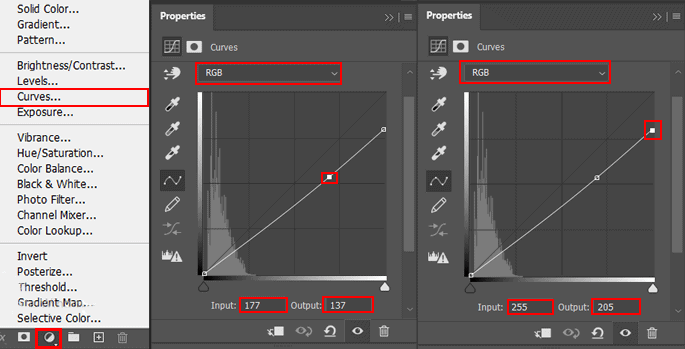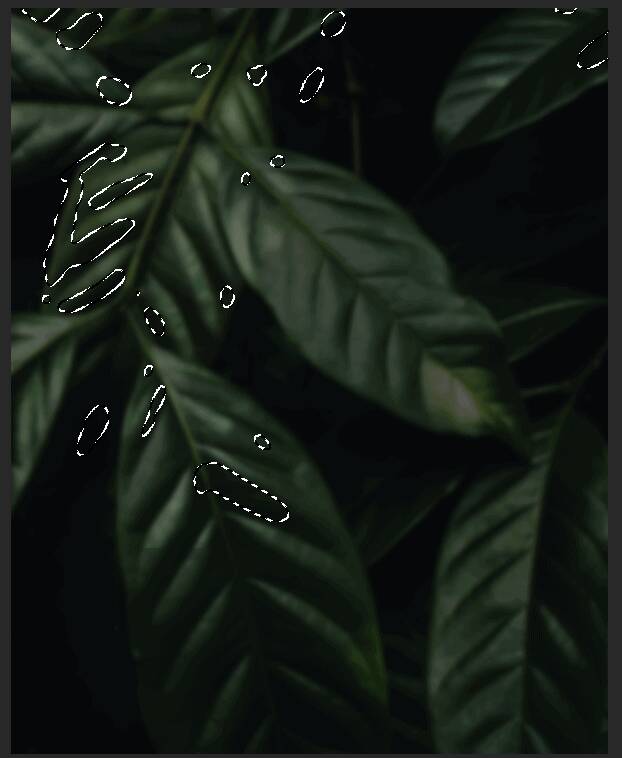The giant panda’s distinct black-and-white markings have two functions: camouflage and communication. Most of the panda – its face, neck, belly, rump – is white to help it hide in snowy habitats. The arms and legs are black, helping it to hide in shade. In this Photoshop tutorial, we learn how to create a photo manipulation scene of a panda while making it look real. We use a lot of Adjustment Layer like Gradient Map and Curves, combine several stock images, and finally use Camera Raw Filter.
Preview of Final Image

Tutorial Resources
Step 1
Now, let’s start by creating a new image file, go to the Menu bar and click File > New, and then input the following values on their respective fields
- Preset: Custom
- Width: 3580px
- Height: 4475px
- Resolution: 300px
- Color Mode: RGB Color 8 bit
- Background Contents: Transparent

Step 2
Next, go to open Background photo. Go to File > Open and select Background. After you open the image, use Rectangular Marquee Tool(M).

After the selection area has been created, simply copy (Ctrl / Cmd + C) and Paste (Ctrl / Cmd + V) it to our work canvas. Then position the image with the transform tool (Ctrl / Cmd + T). Hold Alt + Shift and rasterize like the image below. In Photoshop CC only hold Alt to rasterize all sides together. Right-click and select “Convert to Smart Object”.

Then go to Filter > Blur > Gaussian Blur and set Radius to 13.9px.

Step 3
Add Adjustment Layer “Levels”

Step 4
Add Adjustment Layer “Curves” and press Ctrl/Cmd + I to invert. Then use Brush Tool(B) Soft Round with foreground color white and paint on Highlight parts.


Step 5
Add Adjustment Layer “Curves” and press Ctrl/Cmd + I to invert. Then use Brush Tool(B) Soft Round with foreground color white and paint on Dark parts.


Step 6
Next we will openPanda. After you open the image, use Quick Selection Tool(W) and start selecting the animal. After the selection area has been created, simply copy (Ctrl / Cmd + C) and Paste (Ctrl / Cmd + V) it to our work canvas. Then position the image with the transform tool (Ctrl / Cmd + T). Hold Alt + Shift and resterize like image below. In Photoshop CC only hold Alt to resterize al sides together.


Step 7
Add Adjustment Layer “Levels”

Step 8
Add Adjustment Layer “Curves” and press Ctrl/Cmd + I to invert and use Brush Tool(B) Soft Round with foreground color white and paint the dark parts on Panda.

Leave a Reply